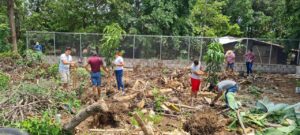“Faith and Hope”
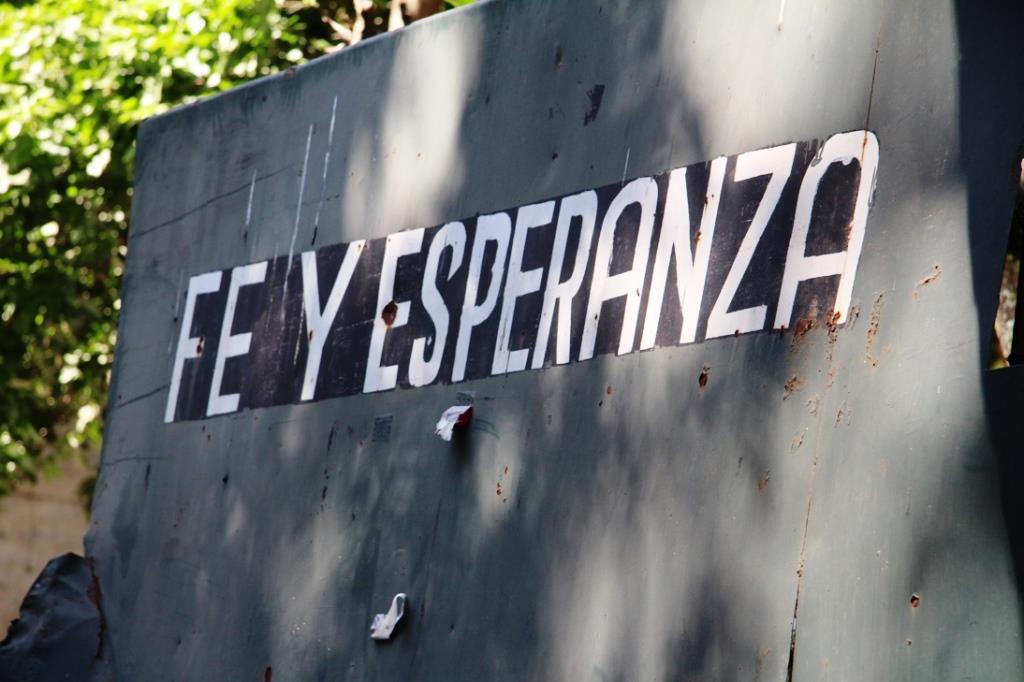
[UPDATE: In early November, 2020, Nejapa, experienced a severe land slide killing at least ten people, destroying property, re-locating countless families who lost homes and possessions. This is 18 km, or 26 minutes from Fe y Esperanza. Once again, the Lutheran Church sprung into action to assist needy families]
Roughly translated, a sign inside the gate of this former refugee camp reads, “25 years of peace agreement – a look from being ex-refugees.” Officially the Peace Accords between the military and guerrillas (civilians) after the country’s twelve-year civil war were negotiated in 1992. It has taken two years to pull this specific celebration together.
Those who lived in the many refugee camps are getting older and desperately want to preserve their histories and share their stories. A committee worked together to create a wall of remembrance dedicated today at the former Fe y Esperanza refugee camp to do exactly that. The wall lists their names as a tribute to them. (NOTE: the woman pastor pictured on the right was recently killed in a car accident. She was a faithful supporter of Salvadoran missions for many years and will be missed sorely.)
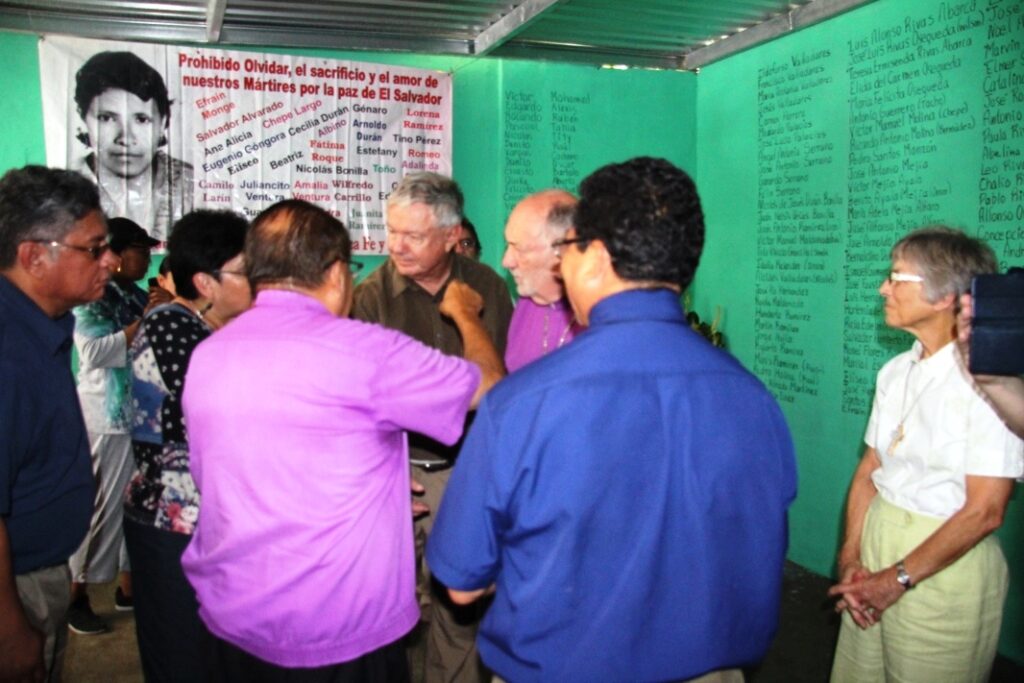
Fe y Esperanza is located near the town of Toncatepeque north of San Salvador. Established in 1982, it was one of many refugee camps founded during the country’s civil war offering sanctuary to hundreds of civilians fleeing danger. FMLN sympathizers, women, children, and elderly were among those displaced persons brought here from both tiny villages and cities.
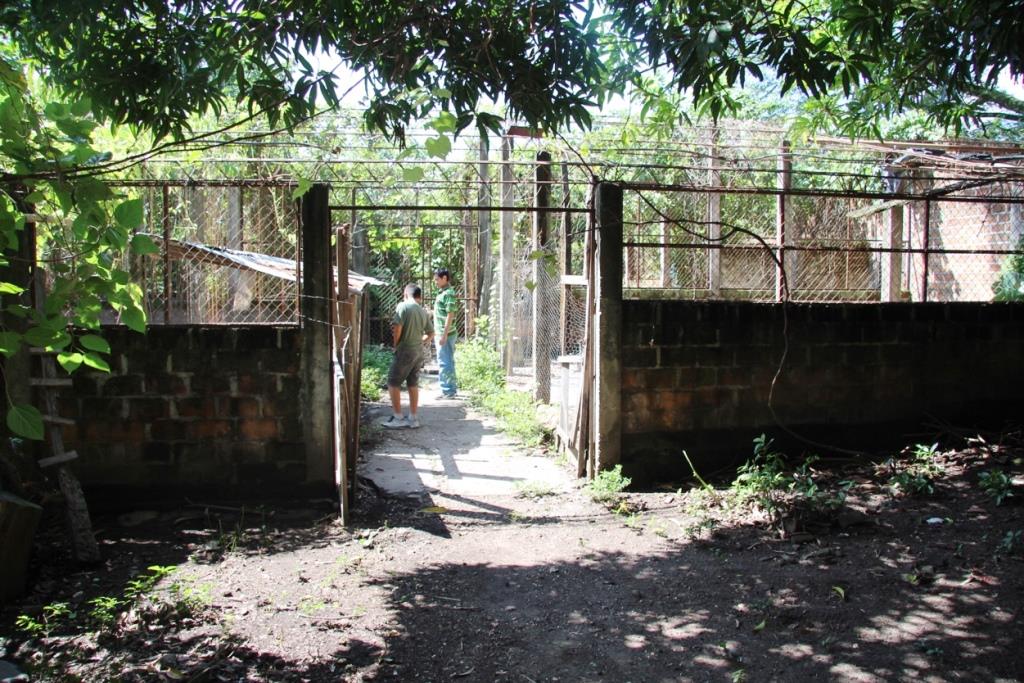
Fe y Esperanza was established by the Lutheran Church. With the help of foreign funding, the church owns the property. Bishop Gomez and his wife, Pastor Abelina, were actively involved in its ministries including holding worship services at the chapel here during the war.
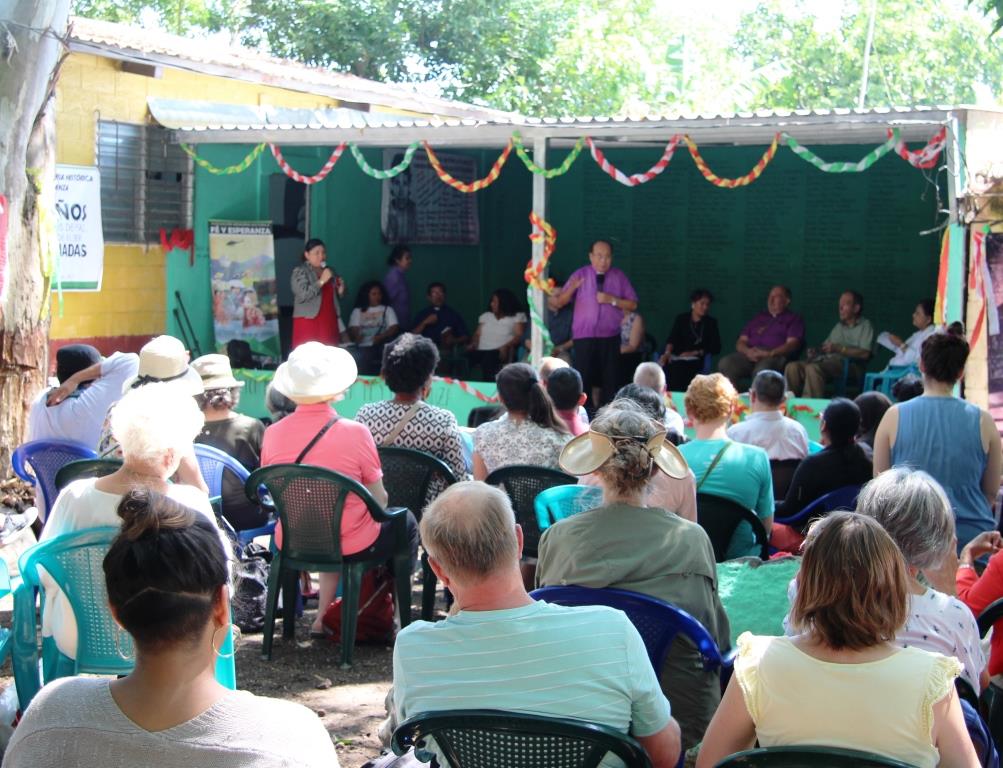
Those who lived here as refugees consider this a holy place. Bishop Gomez moderated the occasion explaining the purpose of the day’s event was to celebrate the lives of those who lived and worked in this place. He explained to our gathered group that eventually between 1300-1400 persons who lived here and whose faith was grounded here left and spread the Lutheran faith throughout the country. The bishop invited any visiting pastors to participate in the asperges (sprinkling of holy water) on the wall during the service.
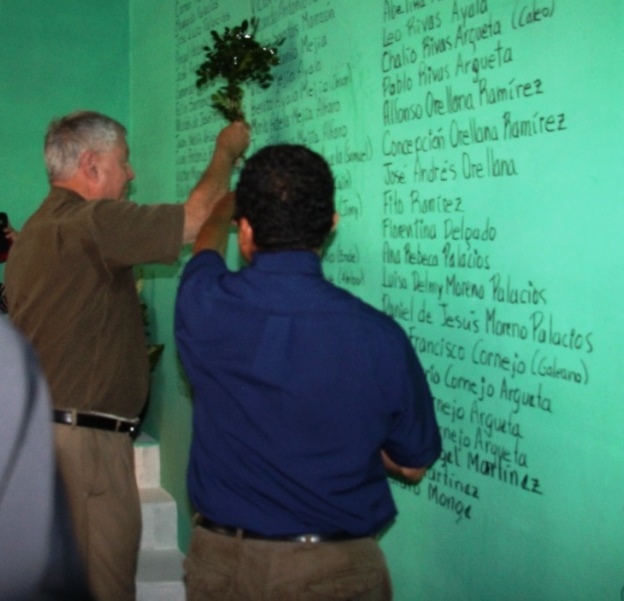
Several former refugees spoke about their experiences living at Fe y Esperanza. Rosaura’s memory of the specific details of her arrival at the camp years ago on the back of a truck as well as courageously standing up to the military was amazing to witness.
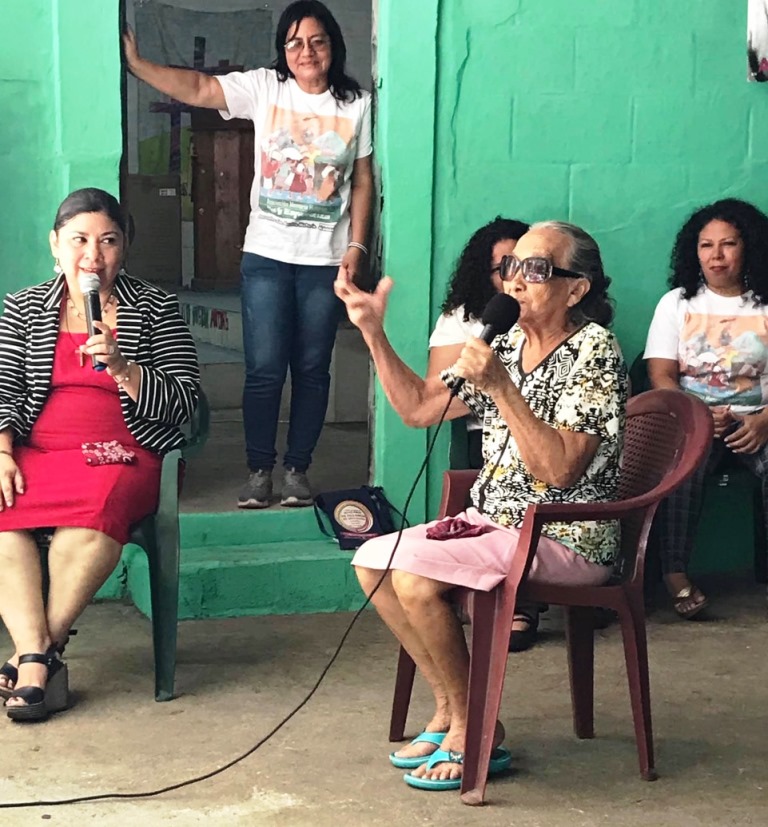
My partner had the privilege of talking with Carmen Fabian and Ulises Campos. Carmen’s story is unique in that she was jailed, interrogated, and psychologically abused for ten days following the military discovering her in La Resurrection Lutheran Church on November 16, 1989, when soldiers came to confiscate the subversive cross. Ulises served as the camp’s director at one point.
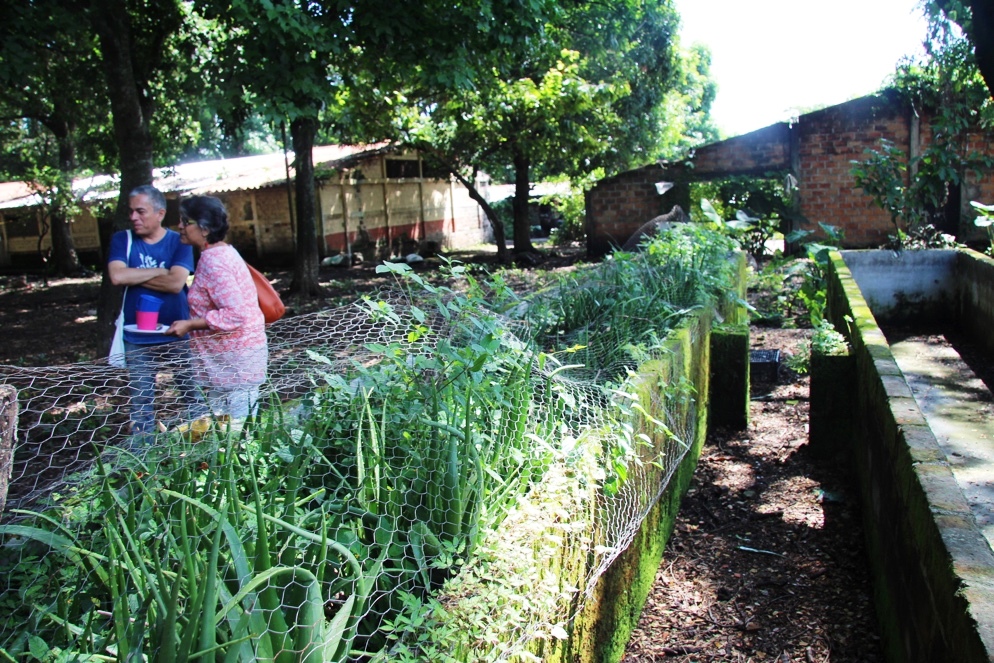
This camp also served as a meeting area for representatives from other camps to discuss plans on how and when to return home. Besides the basic dormitories and dining area, the camp included a day care center, medical facilities, a chapel and areas for growing food and raising fish. After the end of the war, the camp served as an orphanage and later by an agricultural vocational center.
As I wandered around the property here at Fe y Esperanza, I wondered what it would have been like living here in times of danger and uncertainty. It isn’t a large property, and people came and went. It must have been very crowded at times. On some days, I think spirits among those living here would have been low, not knowing how long they would be here separated from family and being unaware of what was happening outside the gates.
Was there sickness? Who decided the hierarchy of work assignments? How did they keep the children occupied? Military planes and helicopters would have been flying overhead watching what was happening below inside those gates. Given the confines of the place, rules and regulations must have meant many restrictions and limited independence. Yet given the fact that many people came from bombed-out villages and massacres fleeing for their lives without protection or food, this alternative provided exactly what the name implies, “faith and hope.”


